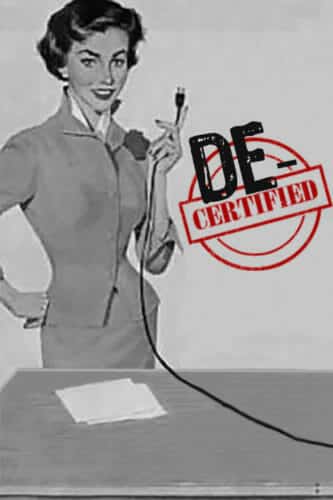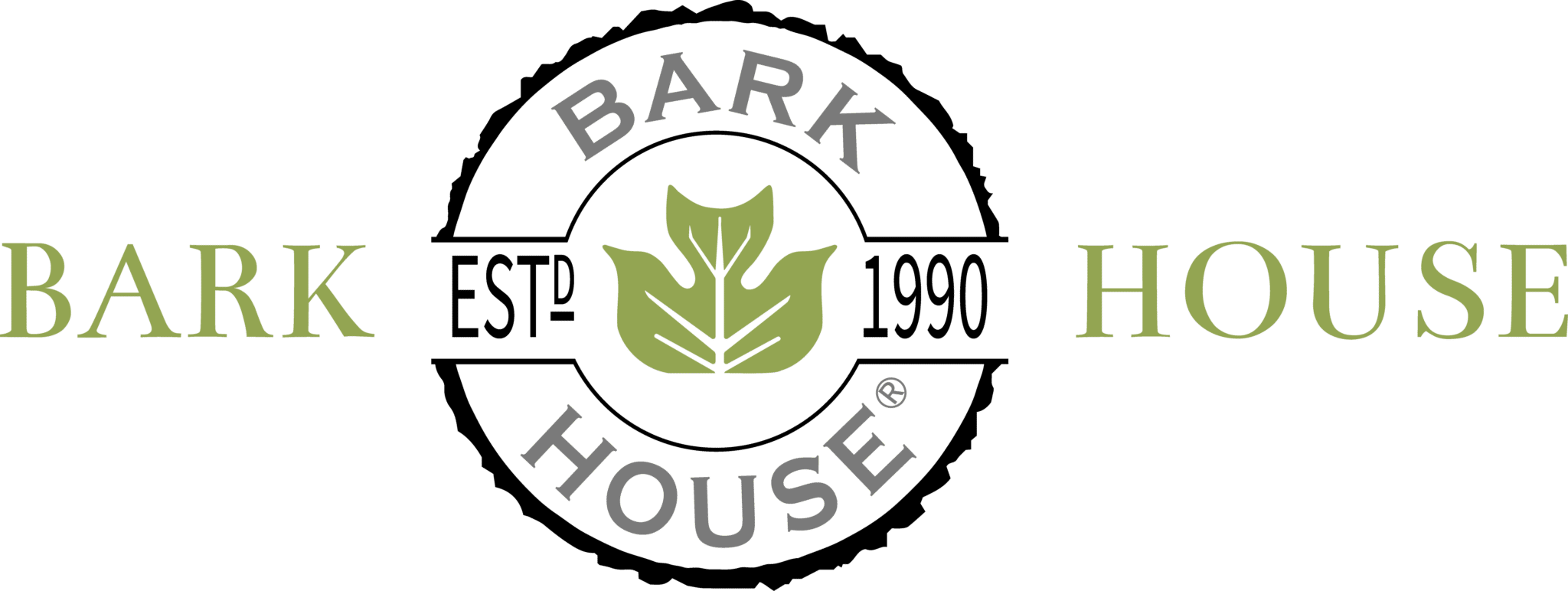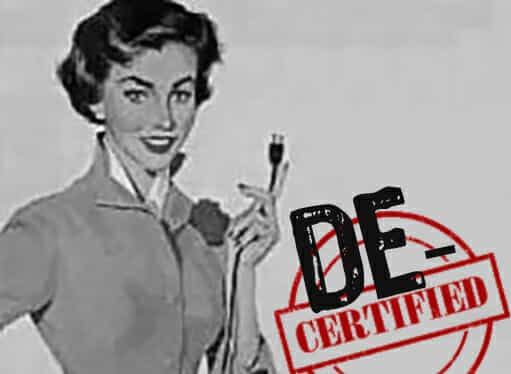In the last couple of weeks, my friend and thought leader Carol Sanford shared a podcast on the history of how certifications began, and why they cannot continue for the built environment industry. Over a year ago, I shared my impassioned rebuff of certifications with Carol. At the time, I had just decided to drop all Bark House certifications and could not see what would come of this choice down the road. Over a year removed, it seems a good time to do a review of why we DE-Certified and what’s happened since.
This week I received a call from a representative of a university in NY, who is now seeing a trend of De-Certification among businesses and is inquiring abroad to see what’s going on. Thought leaders including Carol and Bill Reed, a founder of LEED have been discussing the limiting characteristics of certifications for a while, something Bark House has experience with. In fact – when I chose to drop the certifications for Bark House, I called Bill to discuss my reasons. I discovered that my only reason for staying certified was that certifications listed our company in a database where folks looking for companies who have gone through the rigor of certification can be found. You may be surprised to hear that the number of students who access these databases far outweighs clients making contact. For a company seeking only profit over process, the time engagement talking with students as opposed to making sales seems counterproductive. But to a company that sees the value in understanding where the masses are paying attention, actually investing the time to hear what questions students are asking – helps us to engage with relevance in these conversations. Bark House is a company that has always been ahead of the curve in design and on issues. But being ahead of the curve is only one aspect of the equation. Knowing how to communicate is actually more important than being ahead of popular movements. There is value in learning to listen when one has the discernment of knowing how to apply lessons learned. Young people are our future, and they are brighter and more discerning than given credit.
Our choice to De-Certify came on the heels of earning the world’s first and only PLATINUM level product certification from Cradle to Cradle. With this 
The year we earned Platinum, we wanted to share the good news and it seemed reasonable that B would want to share with my community that one of its own had attained such a high measure of success. Over ten years, I had invested uncountable hours sharing our story at conferences, universities and blogs – about our journey with B Corp. B The Change Media was the new (and frankly oddly chosen) marketing arm of B Corp at the time. I had noticed some issues in the relationship between B Corp and B The Change Media that alarmed me. One example is this: B The Change was offering to print magazines and feature your company on the cover for a fee. We’ve been featured in over 250 well-placed media outlets so I know the gratification of earning a placement as a feature in a magazine. The B-Media offer totally delegitimized the value of hard-earned placements in legitimate print media. When I called to inquire how the relationship with the media group had occurred and how it was structured, I received no answer. Although I felt less than comfortable with this outlet, I sent in a query letter with the big announcement of the Bark House achievement. I was informed that at the cost of $9,000.00, B The Change Media would share this good news with the B Corp community. This was shocking enough but the same year we received PLATINUM, we fell out of the Environmental Category of Best for the World in the B Corp strategy. I called to discuss the inconsistency. Even our shared press release with C2C had acknowledged that Bark House had made no major changes in our processes (including environmental) to achieve the PLATINUM certification (something I’ll discuss later). When I called B Corp, they acknowledged in-house scoring changes but said that they did not have time to recalibrate. In short, they did not want to reconcile their process to reflect the truth in my scores. A product cannot earn a PLATINUM level C2C certification without doing what other even larger companies with more financial resources – have been unable to achieve for the environment. B Corp mis-scoring our work reflected an admitted problem in their system. I judged that they were incapable of evaluating environmental impacts and should not claim to have the capacity or authority to do so.
There are supposed to be several values that certification brings. One is to validate a limited set of INPUTS though a third party, they are not established to evaluate larger OUTCOMES. This can be helpful if your clients don’t trust your brand. It can also be helpful if you need to learn about how others define success for your company in a limited set of measures. This group of “experts” will likely be located outside your physical area and also your area of practice – so they have an objective perspective that may or may not be applicable to your location or industry segment. Unfortunately, and to Carol Sanford’s point, that is not much of a value. This is because your place is unique, the quality that makes a company non-displaceable is its uniqueness. Someone on the outside cannot understand this. Your customers and your community should be your third-party evaluators because they are the stakeholders in your processes and pay the price for your products. When I say price, I obviously mean the dollar amount, but I also mean the price of products that don’t biodegrade, that pollute landfills and oceans, that off-gas toxic chemicals and harm human health, that maintains the cycle of consumerism and our very identity – as mere consumers. Which points out that I do believe that manufacturers have an innate responsibility to work regeneratively, but I do believe that it is high time that customers (each of us) become more educated and demand this.
A year has passed and students from Ph.D. to Masters level and even primary education from around the world have continued to engage Bark House and ask questions. Clients are not concerned that we dropped third-party certifications. They get to know us and therefore understand our level of commitment to the work we are doing. Colleagues and consultants comment that our work is more like a religion to us than a money-making proposition, some don’t mean that kindly. Still, we will continue our commitment to quality being a way of life, not just a goal. I am proud of our choice to employ certifications during the time that green-washing was so prevalent. I am glad that for over ten years we remained certified and encouraged those organizations to improve. That expresses our commitment to the growth of our area and our industry. We had impacts on certification strategies. It authenticated our process before there was a mass of people who even understood why we do business that improves the lives of people and nature. I am glad that we DE-Certified. We continue to monitor outcomes in our community, work to improve our processes and increase our reach.
More on certifications.

